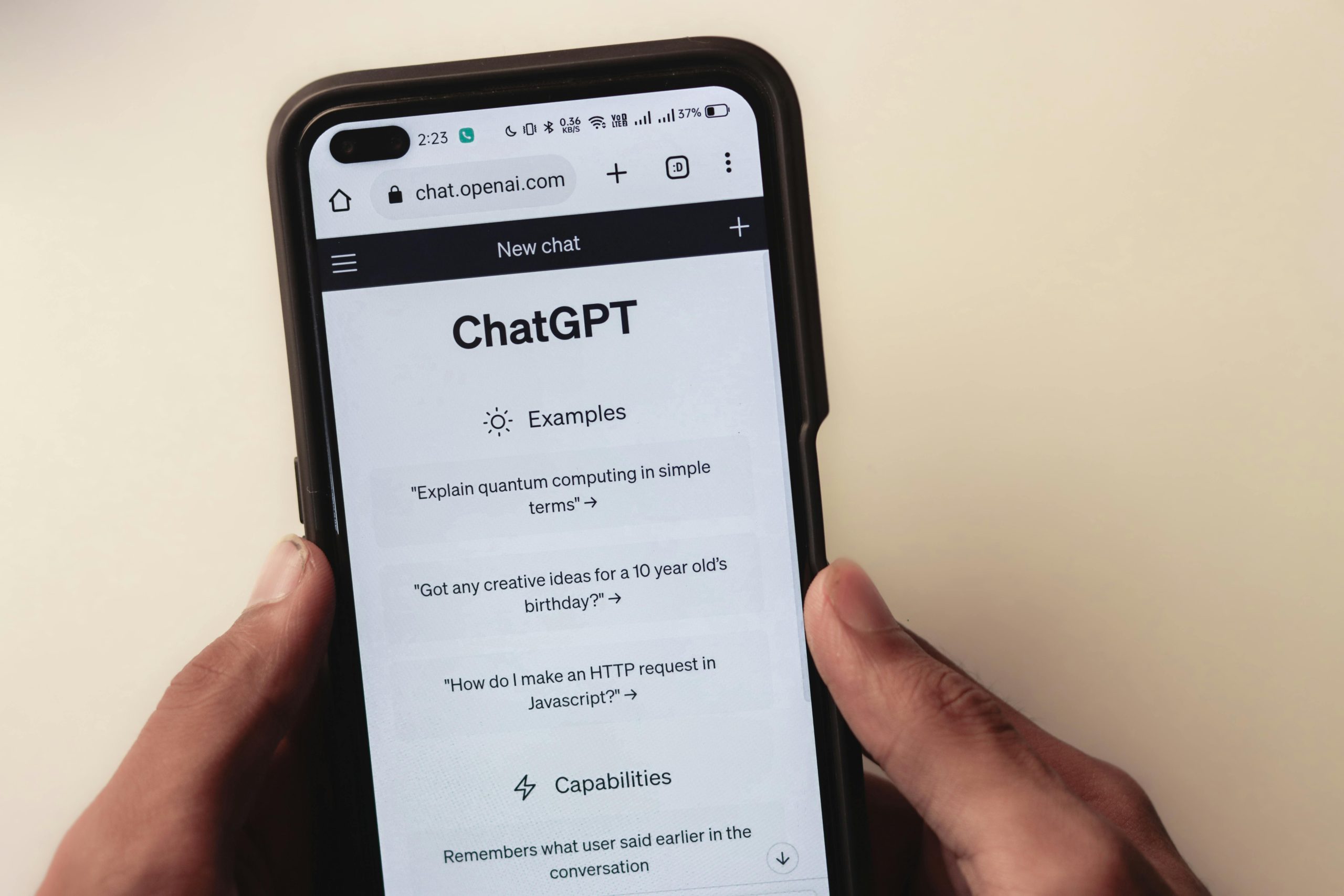How to Find ChatGPT Web Search Queries ? (GPT-5 Update)
Discovering ChatGPT Web Search Queries: A Comprehensive Guide Post-GPT-5 Update
With the rapid evolution of AI language models, staying informed about their inner workings has become increasingly valuable for developers, researchers, and enthusiasts alike. Recently, a significant update was introduced with GPT-5, altering how search queries are transmitted during interactions with ChatGPT. This change has impacted previous discovery tools and methodologies that relied on analyzing network traffic to uncover user search queries.
In this article, we’ll explore how GPT-5 modifies the transmission of search data and provide a detailed, step-by-step method to manually locate these queries using common browser inspection tools.
How GPT-5 Alters Search Query Transmission
Prior to GPT-5, tools designed to intercept network requests could easily capture search queries relayed to servers, aiding in analytics, debugging, or research. However, GPT-5 encrypts or restructures these search queries, embedding them within the metadata.search_model_queries array of the outgoing GET requests. As a result, traditional discovery methods have become ineffective unless they are adjusted to accommodate this new data format.
Manual Retrieval of Search Queries Using Browser Inspection
Despite the change, it is still possible to access SearchGPT queries manually through your web browser’s developer tools. Here’s how you can do it in Google Chrome:
-
Open ChatGPT in Chrome
Launch your browser and navigate to your ChatGPT interface or the webpage where interactions occur. -
Activate Developer Tools
Right-click anywhere on the page and select “Inspect” or pressCtrl + Shift + I(Windows/Linux) orCmd + Option + I(Mac). This opens the Chrome Developer Tools panel. -
Navigate to the Network Tab
Click on the “Network” tab within Developer Tools. Ensure that recording is active (the red circle at the top left should be active). -
Perform a Search or Interaction
Use ChatGPT as you normally would—enter a query and submit it. -
Filter for Relevant Requests
To locate the specific network requests, you may filter byfetchorxhr, or look for requests to the relevant API endpoints. -
Examine the GET Request Data
Click on the appropriate network request to view its details. In the “Headers” tab, scroll to the “Request URL” and “Query String Parameters”














Post Comment